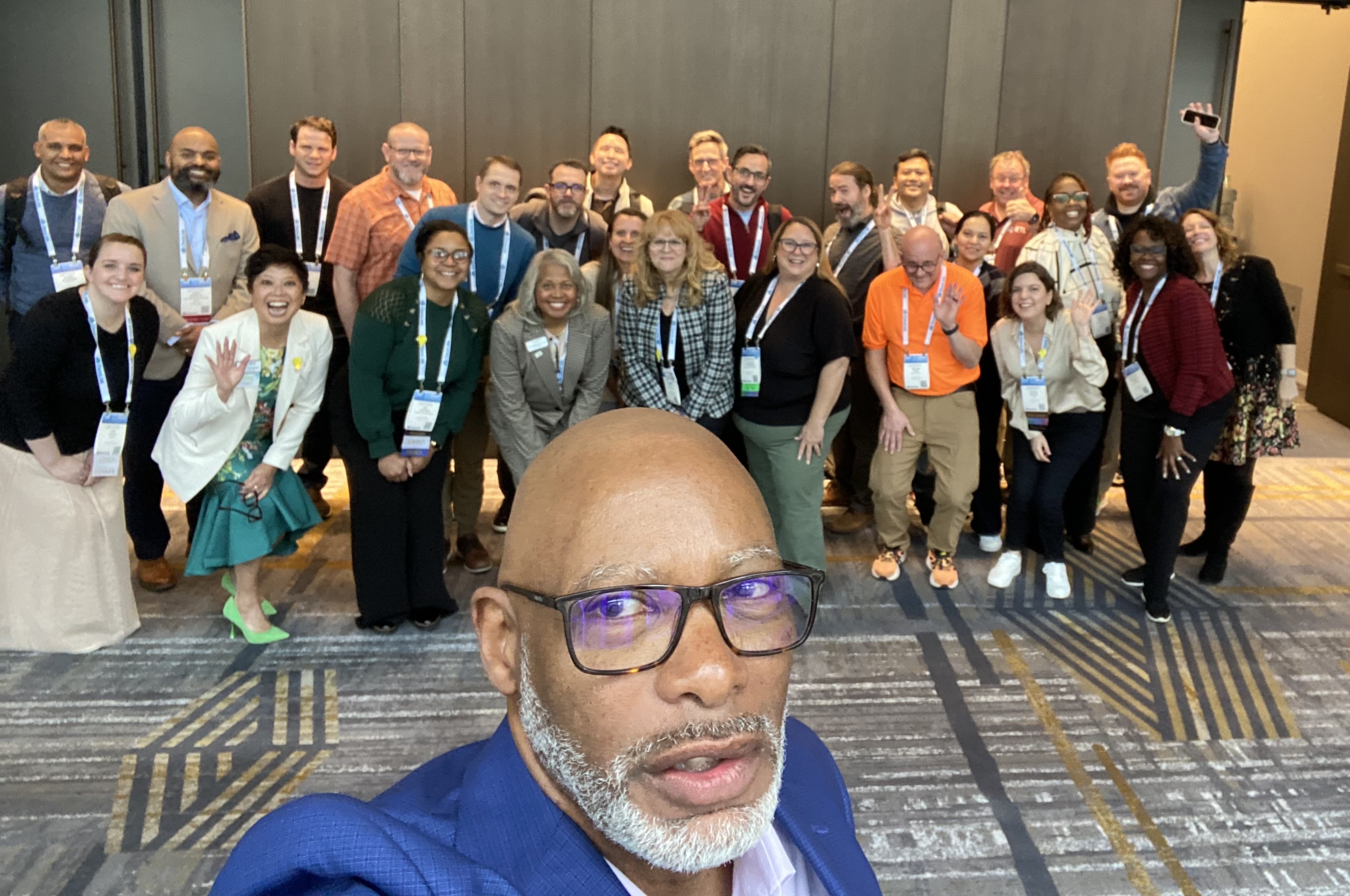How Districts Are Recruiting & Retaining Teachers & Staff
Three districts share how they are recruiting and retaining educators

Teacher burnout isn’t new, and districts are continually finding new ways to recruit—and retain—new and seasoned educators. Here are some innovative ideas for your district to consider.
Recruit & Retain Teachers: Digging Into the Data
Dan Cox, superintendent of Rochester CUSD 3A in Illinois, was concerned about many things when the pandemic lifted, particularly how to move forward. He attended a conference session on teacher morale and discovered EAB, a company that helps districts drive change through data-driven insights. With the guidance, Rochester is now refining core instructional strategies, creating postsecondary pathways, boosting staff and student mental health, improving community trust, and creating conditions for employees to thrive. This year, they are focusing on the last one.
As part of the teacher morale collaborative, the goals are to diagnose the main causes of low teacher morale, prioritize these, and co-design solutions. Cox acknowledges that it’s challenging work. “We as a society are great at identifying problems, but not as great at fixing them,” he says.
Already, the district has completed a teacher morale survey and is starting to share results, such as that 88 percent of district leaders say teacher morale is worse than five years ago, and 70 percent of teachers feel that they are not the best teacher they can be. The district’s typical morale work, such as offering swag, cookie trays, and dinners, has been too superficial and they need to go deeper.
They’ve diagnosed two major issues—time and resources, and recognition and value—and are forming a group of teachers and district leaders to go through a list of potential causes that are causing low morale in these two areas. Then they’ll gather qualitative data at the building level and develop action plans. “By co-designing solutions and involving teachers in the process, we think we’ll build some confidence and advance our culture,” says Cox.
Let Teachers Work Remotely
District 99 Downers Grove in Illinois lets teachers work offsite—but with appropriate parameters.
“Our top two values are care and trust,” says Superintendent Hank Thiele. “We are showing that to our staff with this flexibility option.”
Tech & Learning Newsletter
Tools and ideas to transform education. Sign up below.
To earn the offsite privilege, teachers and full-time staff must follow the district’s four tenets:
- Be at school when you have responsibility for students.
- Be at school when you have responsibility to another staff member.
- Be able to respond if someone calls you.
- Be able to return if there is an emergency.
“As long as it isn’t negatively impacting your responsibilities, we trust you can work where you’d like,” adds Thiele.
Teachers are generally on campus during the workday, but they might go to Starbucks to do some grading or pop into the grocery store during a planning period. Thiele says the feedback has been mostly positive, although some people have had trouble adapting to it. “You have to plan for the face-to-face; it takes a little forethought.”
Thiele hopes that offering perks such as flexibility makes staff want to stay at District 99, be productive, and have more energy to help more students.
Build the Pipeline
To increase its teacher pipeline, Benton Harbor Area Schools in Michigan joined the Urban Teacher Residency Program, a Department of Education-funded partnership with Western Michigan University and Kalamazoo Public Schools that provides financial and academic assistance for paraprofessionals, bus drivers, custodians, and other district employees to earn teaching certification while they work.
“Our issues with the teacher shortage started long before COVID,” says Elizabeth Gayle, chief human resources officer for Benton Harbor. “We were one of the first districts to hire a full-time recruiter, we’ve increased teacher pay to the highest level we can afford, and we’ve begun offering retention pay.”
Because the district’s student body is 94 percent Black, Gayle is working with HBCUs to bring in new teachers to gain experience—even if it’s only for three years.
Benton Harbor is in a rural area that doesn’t have many jobs, so recruitment is challenging. Gayle is hoping to be able to offer free or discounted housing for teachers, and is exploring ways to offer daycare and other incentives.
To increase employee retention rates, they partnered with the regional education service agency to provide high-level mentoring.
“Everyone—including me—has a mentor for extra support,” says Dr. Kelvin Butts, interim superintendent. “Our newer teachers have a more structured program that includes assistance in writing lesson plans and using software. Our more seasoned teachers and administrators receive help with resources.”
